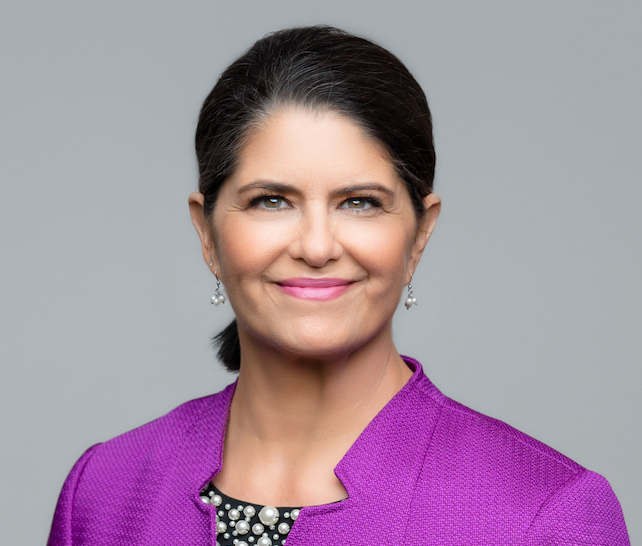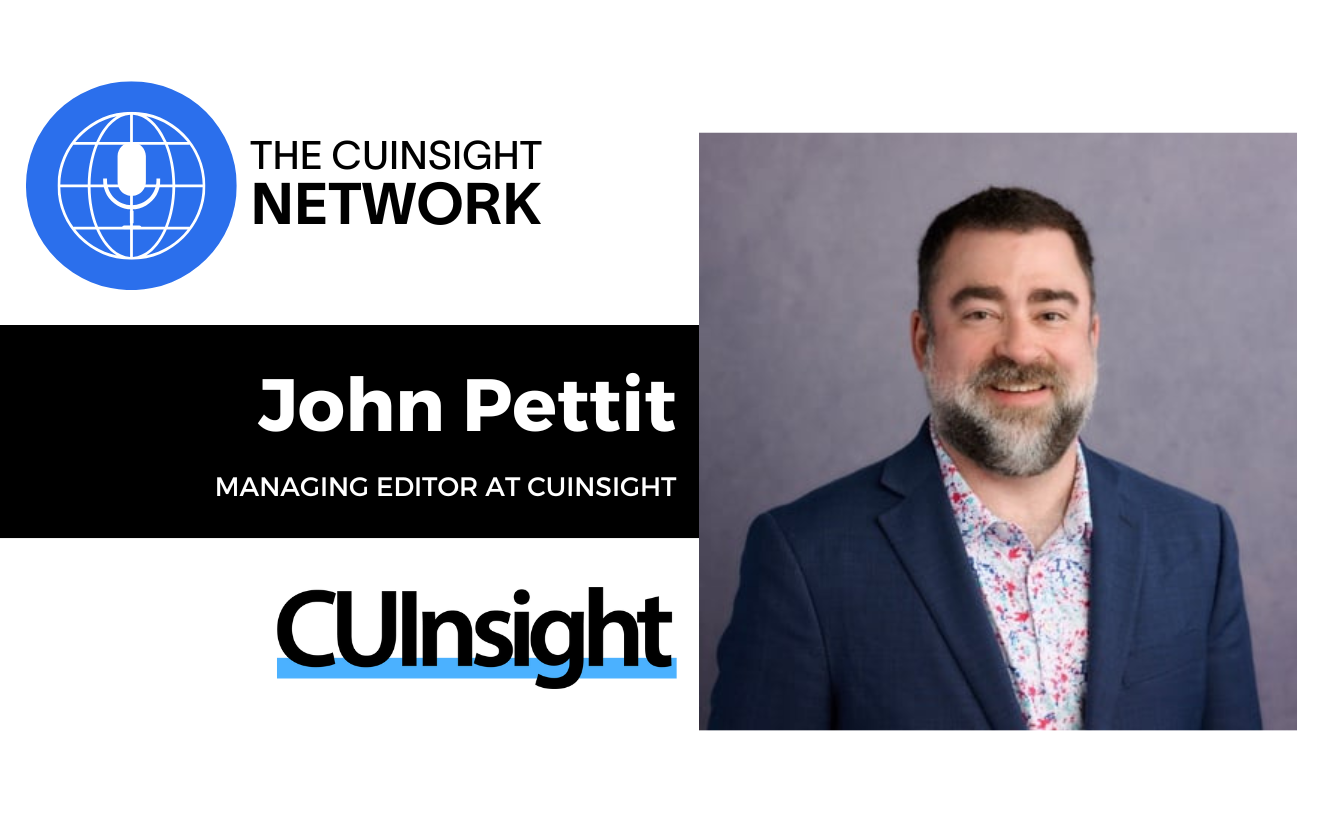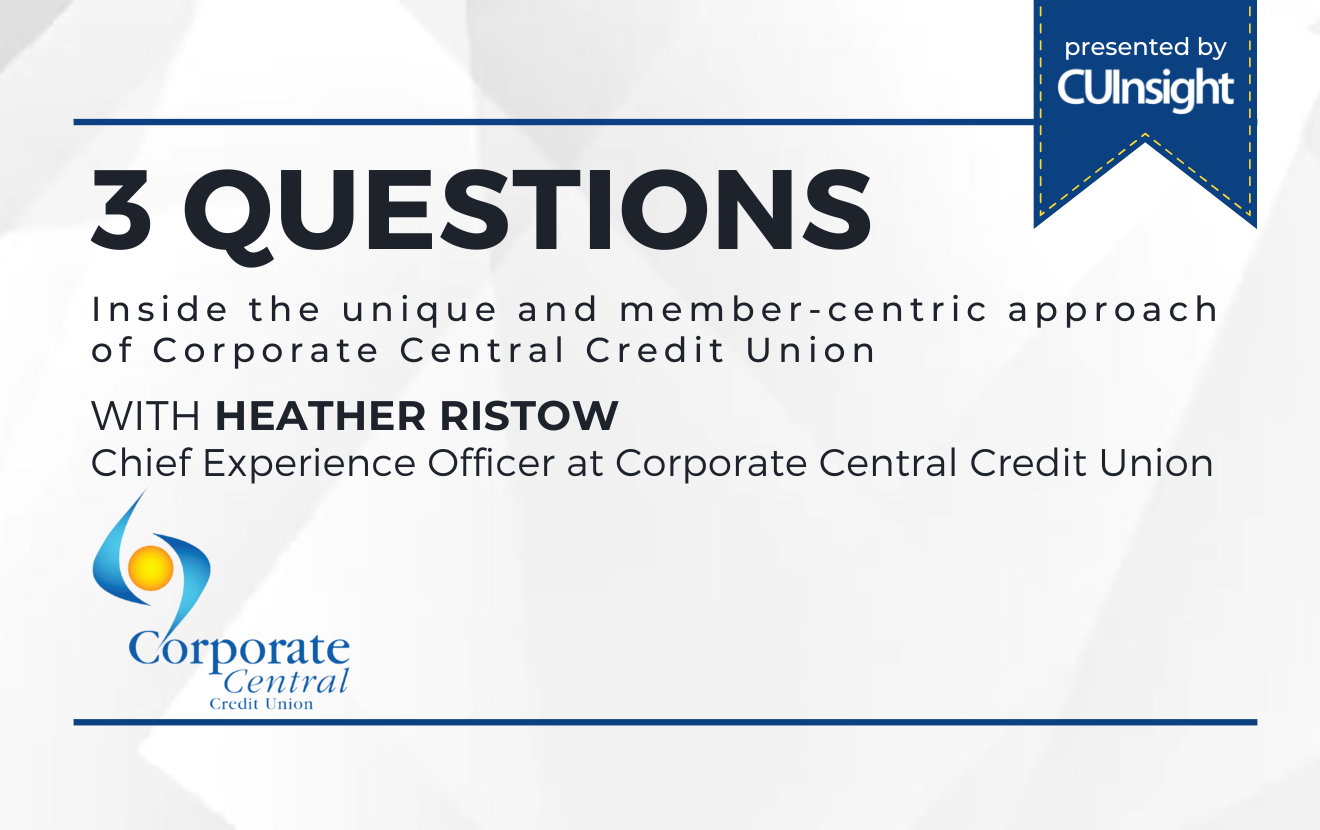I recently finished reading The Four Winds, by Kristin Hannah – an engaging read that I commend to you. Set against the backdrop of the 1930s Dust Bowl, it’s a story of struggle and humanity’s inherent capacity for resilience.
For her characters, hope is scarce, financial security a pipe dream, and environmental catastrophes are exacerbating social inequities. Sound familiar?
The applicability to 2021 shook me. Much in life is cyclical, but this was a stark reminder that so many of the challenges credit unions were established to overcome, remain.
Earlier this year, the Federal Reserve reported – once again – that some 45 percent of Americans were unable to weather a $400 emergency.
In the same report, the Fed noted that those who entered 2020 with the fewest financial resources were increasingly left further behind. There is much good work to do.
What sustains me, however, is our industry’s proven willingness to work together. Filene, Bergengren, Herring: they saw those most in need being ignored or passed over, and they acted. H.R.1151 galvanized credit unions and opened up financial opportunities to millions of consumers.
We can, and will, do it again.
That was the message I shared during a recent working session, co-hosted with CUNA, and with leagues, system partners, credit unions, the Financial Health Network, and others. We discussed Financial Well-being for All not as a discrete project or a strategy, but as the rallying cry for our movement.
The alignment in the (virtual) room was incredible, with several recurring themes:
- You can’t tackle what you don’t understand: Every credit union is unique, so how we conceptualize, develop and integrate programs to build financial well-being will always be unique, too. Where we can align though, is a North Star. If we can have a mutually accepted definition of Financial Well-Being for All and define success, or even the roadmap to get there, we can move in unison toward it.
- Measurement is vital: Like the programs they track, our respective KPIs are specific. Even with a defined vision, we will struggle to make industry-wide progress until we can measure industry-wide progress. How powerful it would be to identify some core, translatable metrics, we could track and plan action against at scale.
- Financial Well-Being for All is intrinsically linked to diversity, equity and inclusion: We know that culture and ethnicity heavily influence financial behaviors. So too does age, sexuality and any number of other aspects that make up our identity. The credit union system still has a long way to go on our collective DEI Summer shot of happy african family playing in the park. Family portrait with happy people smiling at the park, father lifts the cute girl child up. Lifestyle and happy family day conceptjourney, and our ability to meet the macro-needs of an increasingly diverse membership will only grow stronger with increased diversity in thought, leadership and programs.
Credit unions were formed to serve disenfranchised populations with access to credit and thrift products to improve financial lives. That same purpose (should) drive our movement today.
It starts and ends with the people we serve. I’m excited to see the growing volume of this conversation. If you are too, I would encourage you to visit the Foundation’s website and/or reach out to me directly.
This is not easy. It’s longitudinal work, but, to borrow a phrase from The Four Winds: “History has shown us the strength and durability of the human spirit. In the end, it is our idealism and our courage and our commitment to one another – what we have in common – that will save us.”








